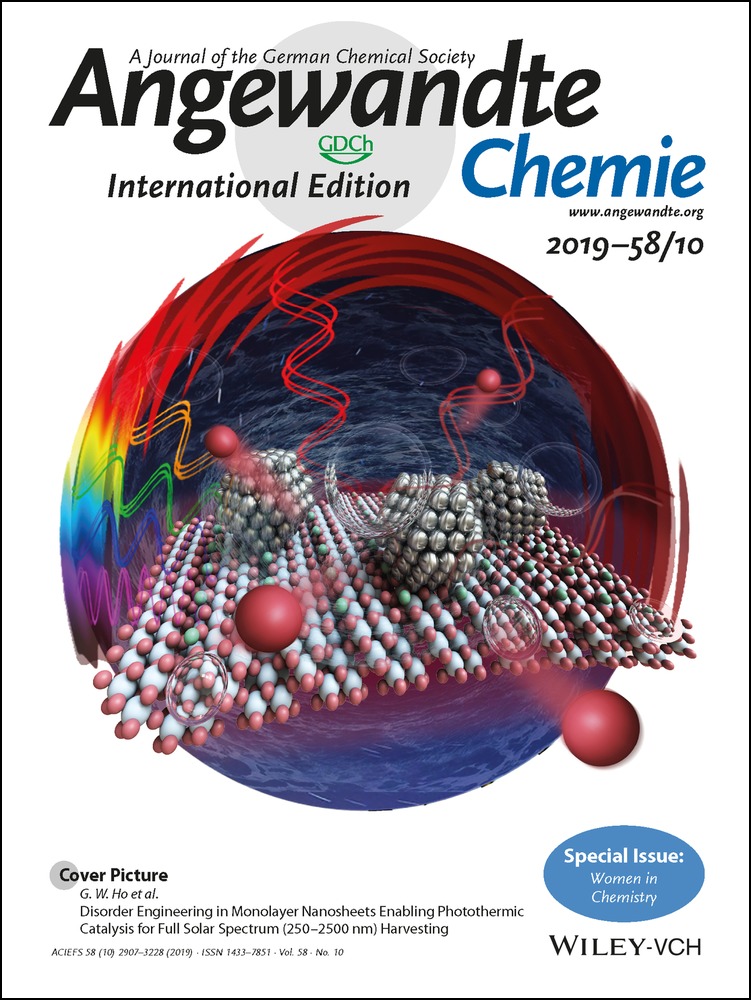Tetrahedral Pegs in Square Holes: Stereochemistry of Diboron Porphyrazines and Phthalocyanines
Graphical Abstract
Fully characterised boron complexes of porphyrazine and phthalocyanine contain FBOBF and PhBOBPh moieties in both cisoid and transoid geometries. A DFT study, extended to include the previously reported FBOBF porphyrin, corrole, and calixphyrin complexes shows that the stereochemical preferences correlate with the ease with which each macrocycle can accommodate a rectangularly distorted N4 cavity.
Abstract
The first examples of diboron complexes of the tetrapyrroles octaethylporphyrazine (OEPz) and 2,9,16,23-tetra-t-butyl-phthalocyanine (Pc) are reported, counterpoints to the better known monoboron tripyrroles, subporphyrazine and subphthalocyanine. Two stereochemical possibilities are observed, with cisoid-B2OF2(OEPz), both cisoid-B2OPh2(OEPz) and transoid-B2OPh2(OEPz), transoid-B2OF2(Pc) and cisoid-B2OPh2(Pc) having been isolated and characterised, including structure determinations for the OEPz complexes. This variation in stereochemistry, which can be extended to include the previously reported transoid-B2OF2(porphyrin), cisoid-[B2OF2(corrole)]−, and both transoid- and cisoid-B2OF2(calixphyrin), prompted a wider DFT study to elucidate the factors influencing the stereochemical preferences. This shows that the cisoid/transoid preference is correlated to the ease with which the macrocycle accommodates a rectangularly distorted N4 cavity.





